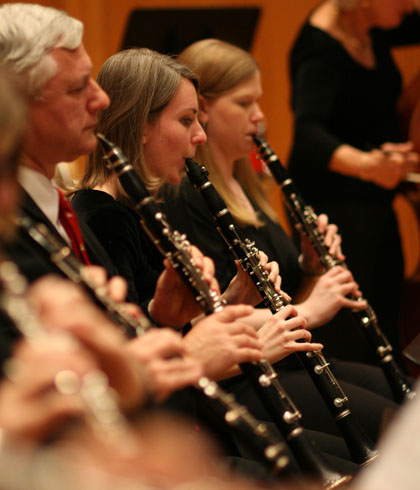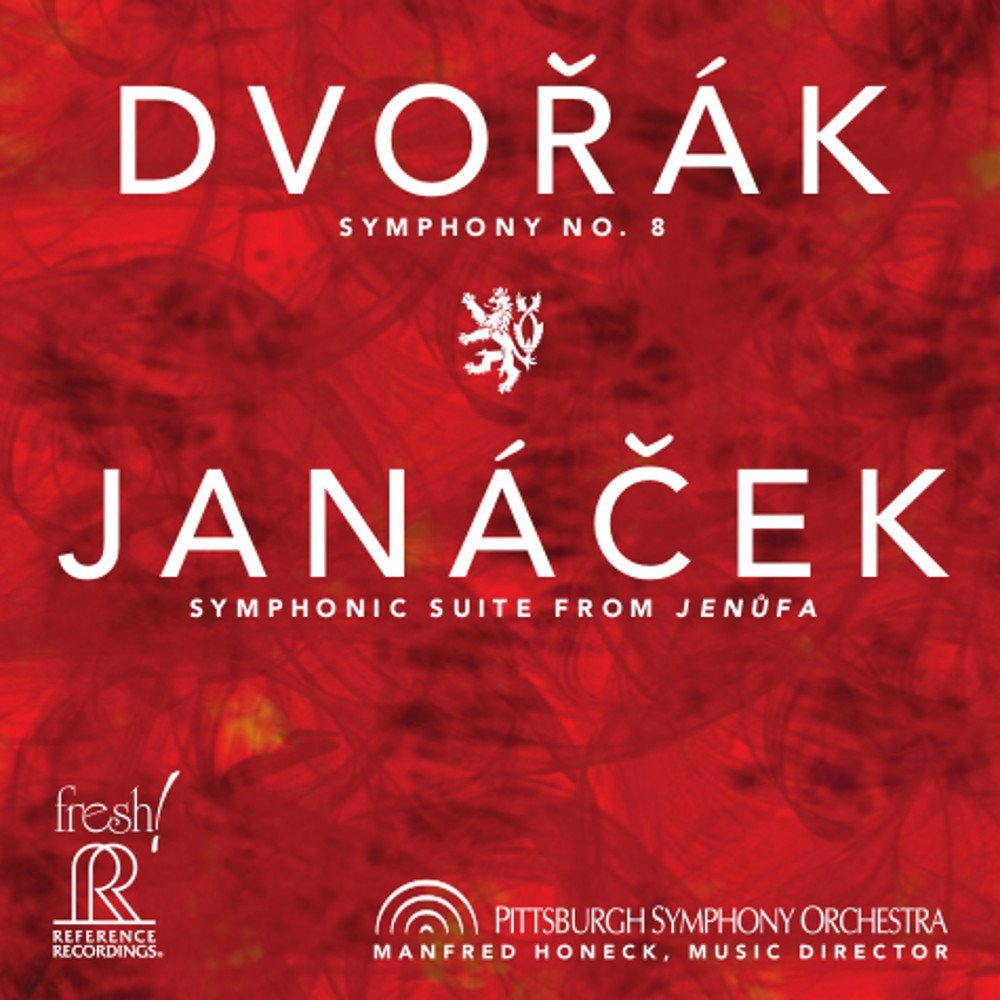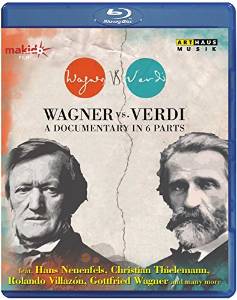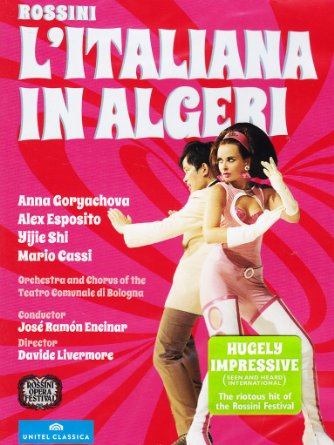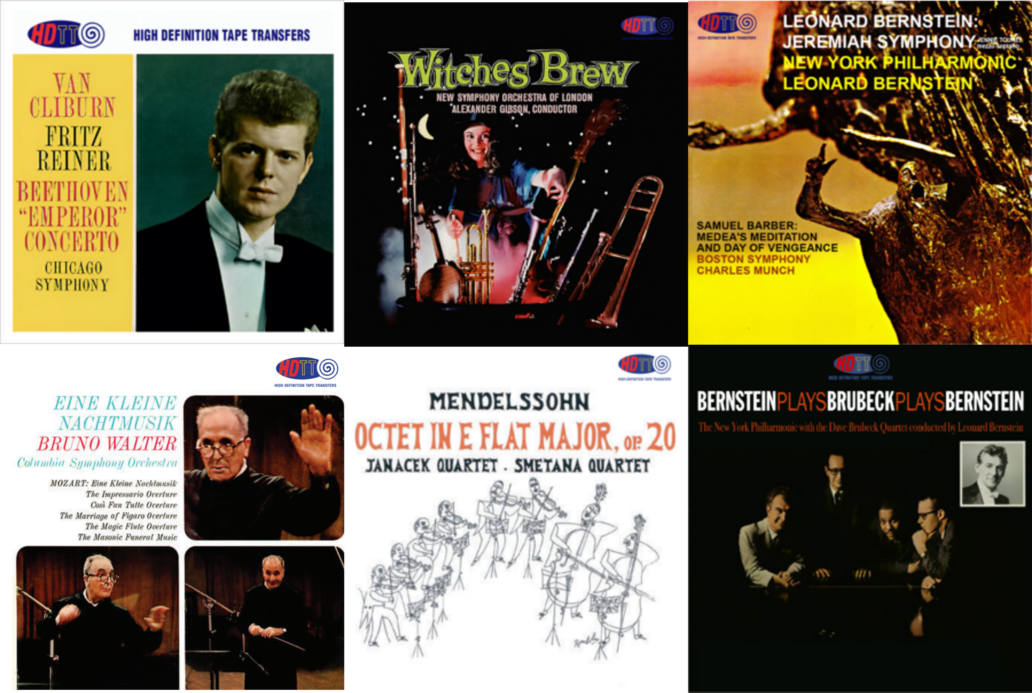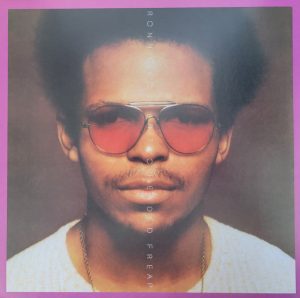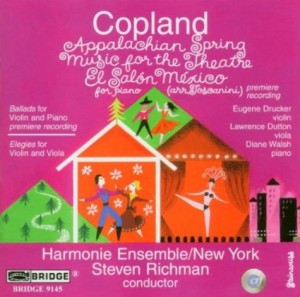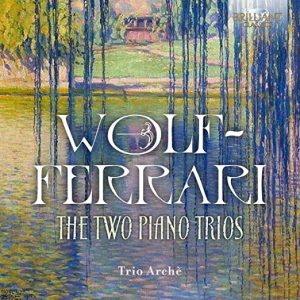The four composers represented in this overview and the accompanying album, all wrote music in a variety of styles and for many different types of ensembles. This broad spectrum of styles is a consequence of the four composers choosing to work within and to develop traditional formats and techniques, while at the same time mastering and then experimenting with a wide register of very new compositional formats and techniques. The result was a steady creation of new modes of artistic expression and musical language.
Paul Hindemith is best known as a composer, but he was also active in musical life as violinist, violist (the slightly larger instrument that looks almost like a violin) musicologist, teacher and conductor. He composed music for virtually every traditional instrument and he experimented extensively with tonality and harmony. Though I am not certain why, he made recordings of voices and instruments which he then played back on his gramophone at different speeds. In addition, he was one of the first to teach film music composition and was also a pioneer in playing older music on "authentic" instruments.
Arnold Schoenberg's early works are within the tradition of late Romanticism, though today of course, he is best known as one of the foremost exponents of German expressionism, along with Alban Berg and Anton Webern. One of Schoenberg's most influential contributions to the development of modern music is the dodecaphonic twelve-tone technique, which he presented in the last of his Five Pieces for piano, Op 23 completed in 1923. In this composition, all the twelve tones in the chromatic scale are organized in a series in which no one tone is to be used again before all the other eleven have been played. My personal thoughts are, "why bother doing that?" Other composers would subsequently widen this serial technique to embrace other musical parameters such as rhythm, dynamics and articulation.
Igor Stravinsky's music is rather easy to divide into three stylistic periods. Of course you understand that as usual there almost has to be some overlap between periods. First is the "Russian" period which was often inspired by Russian folk music. Attractive melodies often spring from this period. Fortunately some rather great compositions, particularly ballets are famous coming from this period not necessarily the dance routines but the musical melodies of "The Firebird", "Petrushka", and the "Rite of Spring" are deservedly famous and beautiful. The "Firebird" and "Petrushka" are personal favorites. Walt Disney made "The Rite of Spring" famous in his Fantasia film production though it is not a personal favorite. This period was followed around 1919 or 1920 by his neo-classical period that was mainly purely instrumental works composed. Finally, came his serial period from the 1950's when he was preoccupied with exploring newer forms of expression. Yes, even the Schoenbergs twelve-tone technique that I mentioned previously.
Rolf Wallin is winning praise from performers and audiences both in his home country, Norway, and on the international music scene. He has worked both as performer and composer. Trumpeter is his favorite performing act. He enjoys early music (much of it was written for trumpet) as well as jazz and rock. He has been known to combine mathematical structures with his own musical compositions or performances. His works include traditional ensembles, for computers and electro-acoustic installations and performance art.
They and variations by Schoenberg seemed to be a logical progression by Schoenberg though his contemporaries saw it as a result of a revolutionary composer. Early on with changes in Germany he left Germany and ventured to the U.S.A. That was not an easy change for a composer of a certain sort of music not yet generally accepted by most classical music lovers. As a result some of his compositions are in a more accessible style. That was welcomed by his listeners and helped his paychecks at the same time. His "Theme and Variations" is typical as a result and takes its place among famous variations by Bach and Beethoven. A very interesting note by Schoenberg to the truly famous conductor Fritz Reiner is as follows: "It is one of those compositions which one writes in order to enjoy one's own virtuosity and on the other hand, to give a certain group of music lovers—here it is in the bands—something better to play. I think and assure you—and I think I can prove it—technically this piece is a masterwork." (Is my assurance) K.L.
Igor Stravinsky's Symphonies of Wind Instruments, yes, the same phrase as the article's title. Composer Stravinsky was regarded by others as a revolutionary composer, though he did not agree with that view. Schoenberg saw the new music as a consequence of what had gone before and simply as the next step in an on-going development. Stravinsky looked at it differently. He said, "I was made a revolutionary in spite of myself—in a 1939 lecture at Harvard. Art is by essence constructive. Revolution implies a disruption and to speak of revolution is to speak of temporary chaos. Now art is the contrary of chaos." Stravinsky had experimented with orchestration, tonality and rhythm. He continued to work with techniques he used in the "Rite of Spring" though forced to use smaller ensembles to have newer works performed and continuing paychecks coming in. The title piece here, "Symphonies of Instruments" does include some elements of Russian folk music and is the culmination of his "Russian" period. The overall sound is close to sacred in character. Remember, the term symphony usually indicates a work of separate movements. The first performance was on June 10, 1921 in the Queen's Hall in London. Stravinsky revised the work in 1947 and that revised version is played in this reviewed album.
What exactly are wind instruments? Well, you ask any of the thousands of performers who were playing wind instruments while marching alongside of others every year at high school or college sporting events. They were playing while marching and trying not to hit their close players and vice versa. Many wind instruments are a bit awkward and heavy and easier to handle while seated. Injuries from adjacent players' instruments area not rare. Though while marching at sporting events the unspoken worry, especially at night, is when the baton twirling majorettes toss their batons higher and higher losing sight of them and landing wherever. This is a deadly force to be very concerned about when coming down where not known. It is safe to say that all wind instruments are meant to be blown into by human breaths.
I assume that sooner or later you will be wondering where all this writing is leading me or us to? The articles I have been writing with some degree of regularity, thanks to editor David Clark, have somehow caught on and I am going to have trouble catching up. Recent additions include: Massenets' Don Quichotte; Michael Korsticke efforts with Beethoven's Piano music, Andris Nelson's efforts with the Lucerne Festival and Brahms; Prokofiev Symphonies No. 1 and 2; Wagner's Parsifal, Mozart's DieZauber Flute; Battislelli's An Experimental Opera; Saint-Scene Organ Symphony; Verdi's Aida; Mozart's Don Giovani' Bruchner Symphonies 4,7 & 8; Boris (Yes, not Peter) Tchaikovsky's Symphony # 1, Magnificat; John Adams complete String Quartets; Bizet's Symphony in C an Jeux d'Enfante; Oberlin's Toward the Curve; Shostakovich Symphony 9 & violin concerto, King's College, Liszt and Mendelssohn Organ Works; Orpheus's Choreography for 9 Dancers and 7 Musicians; Seyi Ozawa—Anne-Sophie Mutter Memorial Concert, Michael Nyman—That is about half of the latest releases.




